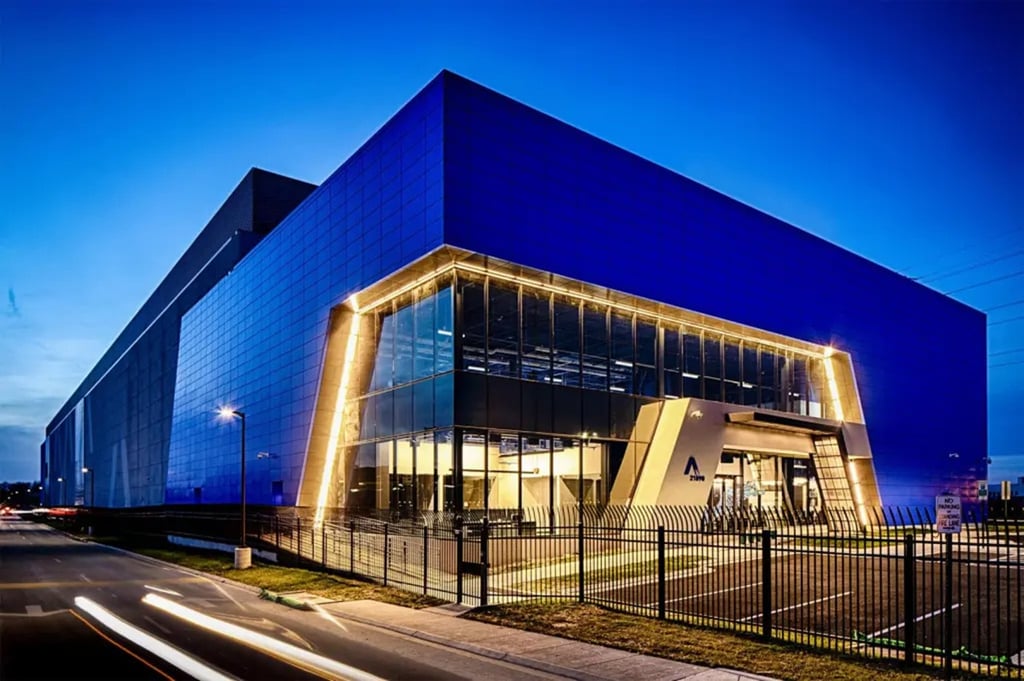Datamation content and product recommendations are
editorially independent. We may make money when you click on links
to our partners.
Learn More
HP has the largest range of servers and server types of any vendor, or at least they will when HP’s Project Moonshot ships into the market.
At that time their line will start with tiny ARM and Intel Atom-based technologies and scale up to Itanium-powered large-scale enterprise systems, which will also give them the biggest range of x86 servers as well. This should provide an unprecedented level of scalability, though that is somewhat offset by the different x86 architectures used throughout the line.
I think we are seeing a massive server change coming into the industry. If you look hard at these new mobile processor powered servers you may be seeing the birth of what will become the prevailing architecture, once these servers are in market and embrace the massive move to multi-threaded applications.
If this happens, Project Moonshot could give HP a huge initial advantage in what could be as big an event as client/server was, tied to the future of the Internet and Cloud Services.
Let’s explore the powerful potential future that HP’s Project Moonshot aggressively anticipates and how the company is hedging its bets.
Massive Multicore
About five years ago Intel started talking about massive multicore systems and Microsoft started talking about data centers as computers. Both were anticipating a similar world and yet approaching that world in very different ways.
Intel, the chip maker, thought up unique processors, which would eventually contain thousands of cores, with the “eventually” part years if not decades off into the future. Microsoft was talking about purposefully building datacenters from server components so that the end result was one massive multi-core server. But to keep costs down they wanted to build using low cost processors. Kind of like RAID, yet rather than a redundant array of independent disks, though applied to processors, and they initially started experimenting with Intel’s Atom processors. But Intel wasn’t happy with that move, opening the door to an ARM based alternative.
At the core of the move to a massive multicore model was the fact that processors were becoming increasingly inefficient at high frequencies and that, if this continued, the heat in systems would reach the point where all metals lost integrity and melted.
Massive cryonic cooling methods, outside of labs, proved impractically expensive and would only defer – not remove – the problem, so dividing up the work became the way to approach it.
Currently even cell phones are moving to this approach to improve battery life and reduce their effectiveness as pocket/purse heaters. Finally, neural networks, or the efforts in place to use computing architectures to create truly intelligent systems, are by nature a multi-processing environment because the decisions reached require a high degree of parallelism. Given most systems are expected to be intelligent by mid-century we were likely to go massively parallel anyway, eventually.
Intel’s Exposure
HP’s initial announcement of a massively multicore system was based on ARM hardware, which was also likely because Intel was slow to embrace the concept of low cost processors in servers. This put Intel at risk at both ends of the spectrum.
This was made worse when Intel’s lead partner in this space, SeaMicro, was acquired by AMD. AMD was clearly going to take SeaMicro off of Intel and try to move into the gap. On paper Intel was suddenly out of the running for what could well be the next generation of server.
HP’s Moonshot
HP recognized this would be a horse race and then partnered with Intel to create a competitive offering. Recognizing that Intel is the best resourced of all of the players – and now very motivated to spend massively to assure they wouldn’t lose the server business —– HP created a second platform based on Intel. So no matter what horse won, AMD or x86, HP would be in the winner’s circle.
Each platform has its own unique advantages and AMD, also a close HP partner, offers an interesting and potential hybrid of the two platforms, bringing in GPU computing, which is already massively parallel by nature, as a potential third offering.
In the end what HP appears to be trying to do is own this new generation of massively parallel servers, which will likely become the next standard platform regardless of which core technology wins. Moonshot is an appropriate name because HP is shooting for the Moon here – and they may just make it.
-
Ethics and Artificial Intelligence: Driving Greater Equality
FEATURE | By James Maguire,
December 16, 2020
-
AI vs. Machine Learning vs. Deep Learning
FEATURE | By Cynthia Harvey,
December 11, 2020
-
Huawei’s AI Update: Things Are Moving Faster Than We Think
FEATURE | By Rob Enderle,
December 04, 2020
-
Keeping Machine Learning Algorithms Honest in the ‘Ethics-First’ Era
ARTIFICIAL INTELLIGENCE | By Guest Author,
November 18, 2020
-
Key Trends in Chatbots and RPA
FEATURE | By Guest Author,
November 10, 2020
-
Top 10 AIOps Companies
FEATURE | By Samuel Greengard,
November 05, 2020
-
What is Text Analysis?
ARTIFICIAL INTELLIGENCE | By Guest Author,
November 02, 2020
-
How Intel’s Work With Autonomous Cars Could Redefine General Purpose AI
ARTIFICIAL INTELLIGENCE | By Rob Enderle,
October 29, 2020
-
Dell Technologies World: Weaving Together Human And Machine Interaction For AI And Robotics
ARTIFICIAL INTELLIGENCE | By Rob Enderle,
October 23, 2020
-
The Super Moderator, or How IBM Project Debater Could Save Social Media
FEATURE | By Rob Enderle,
October 16, 2020
-
Top 10 Chatbot Platforms
FEATURE | By Cynthia Harvey,
October 07, 2020
-
Finding a Career Path in AI
ARTIFICIAL INTELLIGENCE | By Guest Author,
October 05, 2020
-
CIOs Discuss the Promise of AI and Data Science
FEATURE | By Guest Author,
September 25, 2020
-
Microsoft Is Building An AI Product That Could Predict The Future
FEATURE | By Rob Enderle,
September 25, 2020
-
Top 10 Machine Learning Companies 2021
FEATURE | By Cynthia Harvey,
September 22, 2020
-
NVIDIA and ARM: Massively Changing The AI Landscape
ARTIFICIAL INTELLIGENCE | By Rob Enderle,
September 18, 2020
-
Continuous Intelligence: Expert Discussion [Video and Podcast]
ARTIFICIAL INTELLIGENCE | By James Maguire,
September 14, 2020
-
Artificial Intelligence: Governance and Ethics [Video]
ARTIFICIAL INTELLIGENCE | By James Maguire,
September 13, 2020
-
IBM Watson At The US Open: Showcasing The Power Of A Mature Enterprise-Class AI
FEATURE | By Rob Enderle,
September 11, 2020
-
Artificial Intelligence: Perception vs. Reality
FEATURE | By James Maguire,
September 09, 2020
SEE ALL
DATA CENTER ARTICLES



